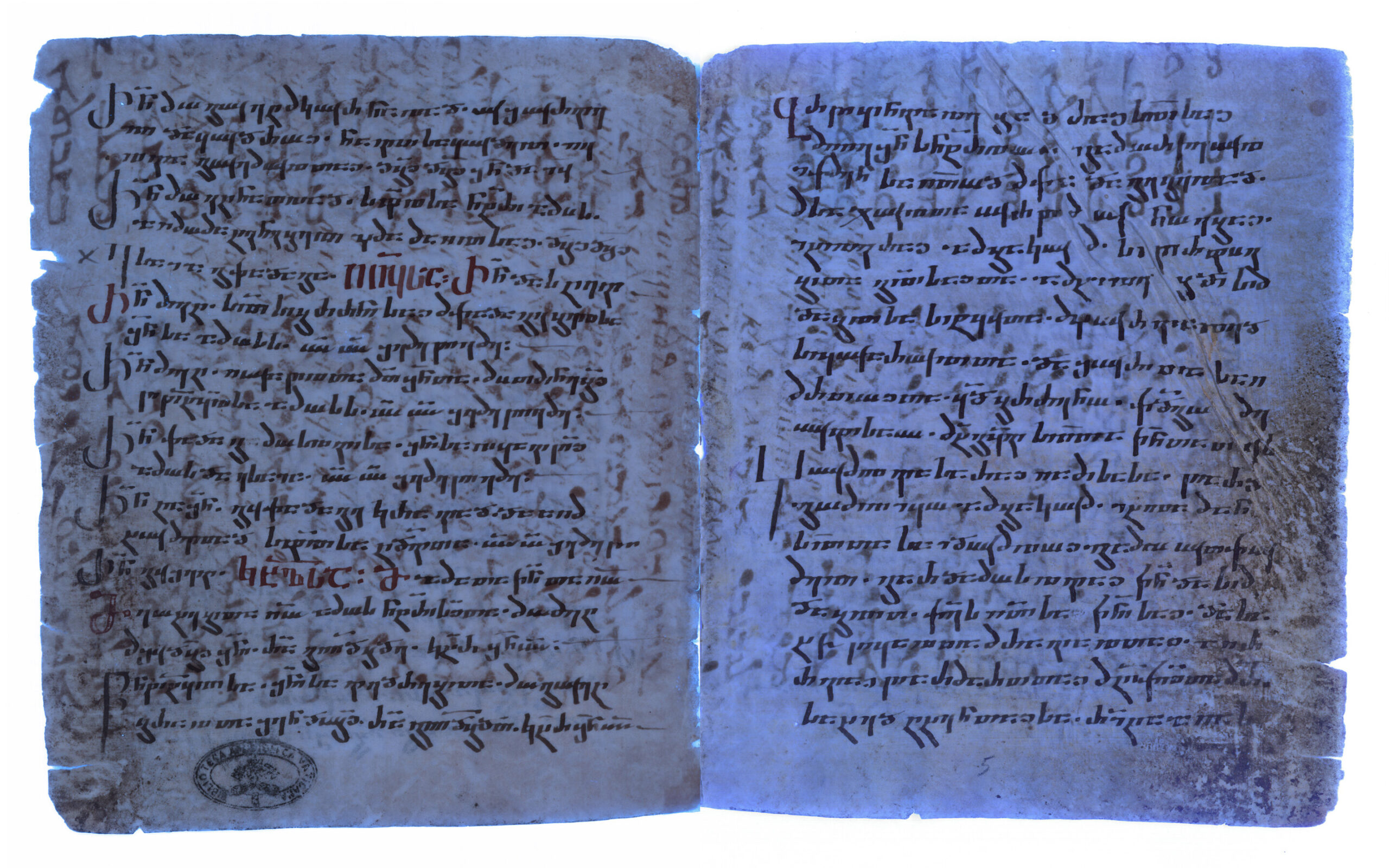A remarkable discovery by a medievalist from the Austrian Academy of Sciences (OeAW) sheds light on the early transmission of the Gospels. Grigory Kessel, utilizing ultraviolet photography, has deciphered a hidden layer of text on a palimpsest – a manuscript where the original writing was erased to make way for a new one. This erased layer, dating back to the 6th century, reveals an even older text beneath it – a copy of one of the earliest Syriac translations of the Gospels, believed to originate from the 3rd century.
Parchment, a writing material made from animal skin, was scarce and expensive in the Middle Ages. To economize, scribes often erased existing manuscripts and reused the parchment for new texts. Palimpsests, therefore, can hold hidden treasures for researchers, offering glimpses into the past obscured by later writings.
The newfound Syriac text on the Vatican Library manuscript elevates its significance. Previously, only two manuscripts were known to contain the Old Syriac translation of the Gospels. This discovery marks the fourth known witness to this early translation, offering invaluable insights into the textual history of the Gospels.
“The tradition of Syriac Christianity knows several translations of the Old and New Testaments,” explains Dr. Kessel. “Until recently, only two manuscripts were known to contain the Old Syriac translation of the gospels.” One of these resides in the British Library, while another was unearthed as a palimpsest in St. Catherine’s Monastery at Mount Sinai. The Vatican Library fragment joins these as a crucial piece of the puzzle.
The Syriac translation predates the oldest surviving Greek manuscripts of the Gospels by at least a century. This newfound fragment offers a unique window into the very early stages of how the Gospels were copied and transmitted. For instance, a comparison reveals a subtle difference in Matthew 12:1: while the original Greek mentions Jesus’ disciples “picking the heads of grain and eat,” the Syriac version describes them “picking the heads of grain, rubbing them in their hands, and eat them.”
This discovery highlights the invaluable role technology plays in unlocking the secrets of the past. “Grigory Kessel has made a great discovery thanks to his profound knowledge of old Syriac texts and script characteristics, coupled with ultraviolet photography,” remarks Dr. Claudia Rapp, director of the Institute for Medieval Research at the OeAW.
The Vatican Library palimpsest serves as a testament to the enduring power of ancient texts. By deciphering the hidden Syriac Gospels, researchers gain a deeper understanding of the early Christian world and the evolution of the biblical canon. This discovery underscores the potential of palimpsests and the importance of collaboration between cutting-edge technology and meticulous historical research.
The findings are published in the journal New Testament Studies.
